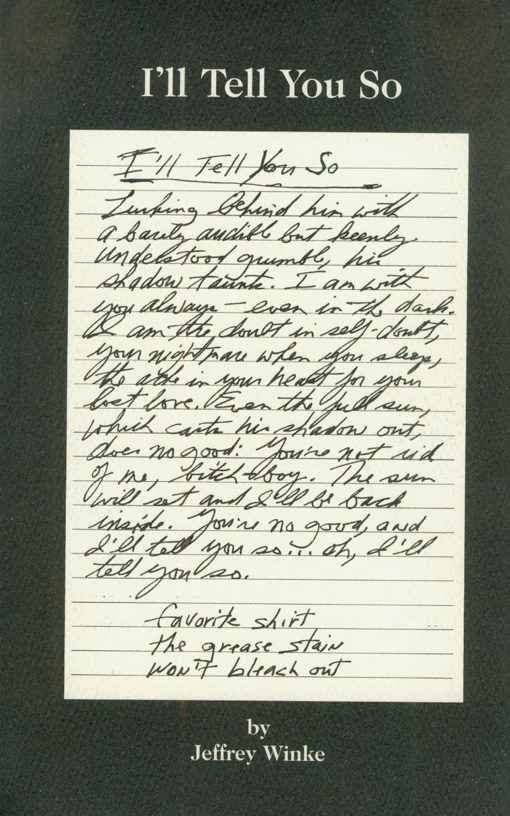It hangs at The Art Institute of Chicago and is worth visiting the museum just to see it. Edward Hopper had such an intense capacity to capture human aloneness—that feel-it-to-the-core sense of singularity. The Nighthawks painting (1942) exquisitely captures the fact that we are alone in our lives. Here’s how the painting is described by the Art Institute:
Edward Hopper said that Nighthawks was inspired by "a restaurant on New York's Greenwich Avenue where two streets meet," but the image, with its carefully constructed composition and lack of narrative, has a timeless quality that transcends its particular locale. One of the best-known images of 20th-century art, the painting depicts an all-night diner in which three customers, all lost in their own thoughts, have congregated. Fluorescent lights had just come into use in the early 1940s, and the all-night diner emits an eerie glow, like a beacon on the dark street corner. Hopper eliminated any reference to an entrance, and the viewer, drawn to the light, is shut out from the scene by a seamless wedge of glass. The four anonymous and uncommunicative night owls seem as separate and remote from the viewer as they are from one another.






No comments:
Post a Comment